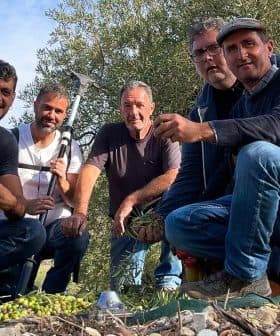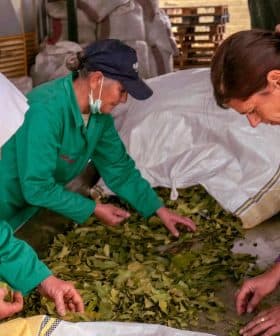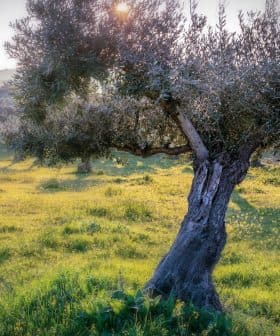Olive Oil Producers in Argentina Hope to Follow Malbec's Lead
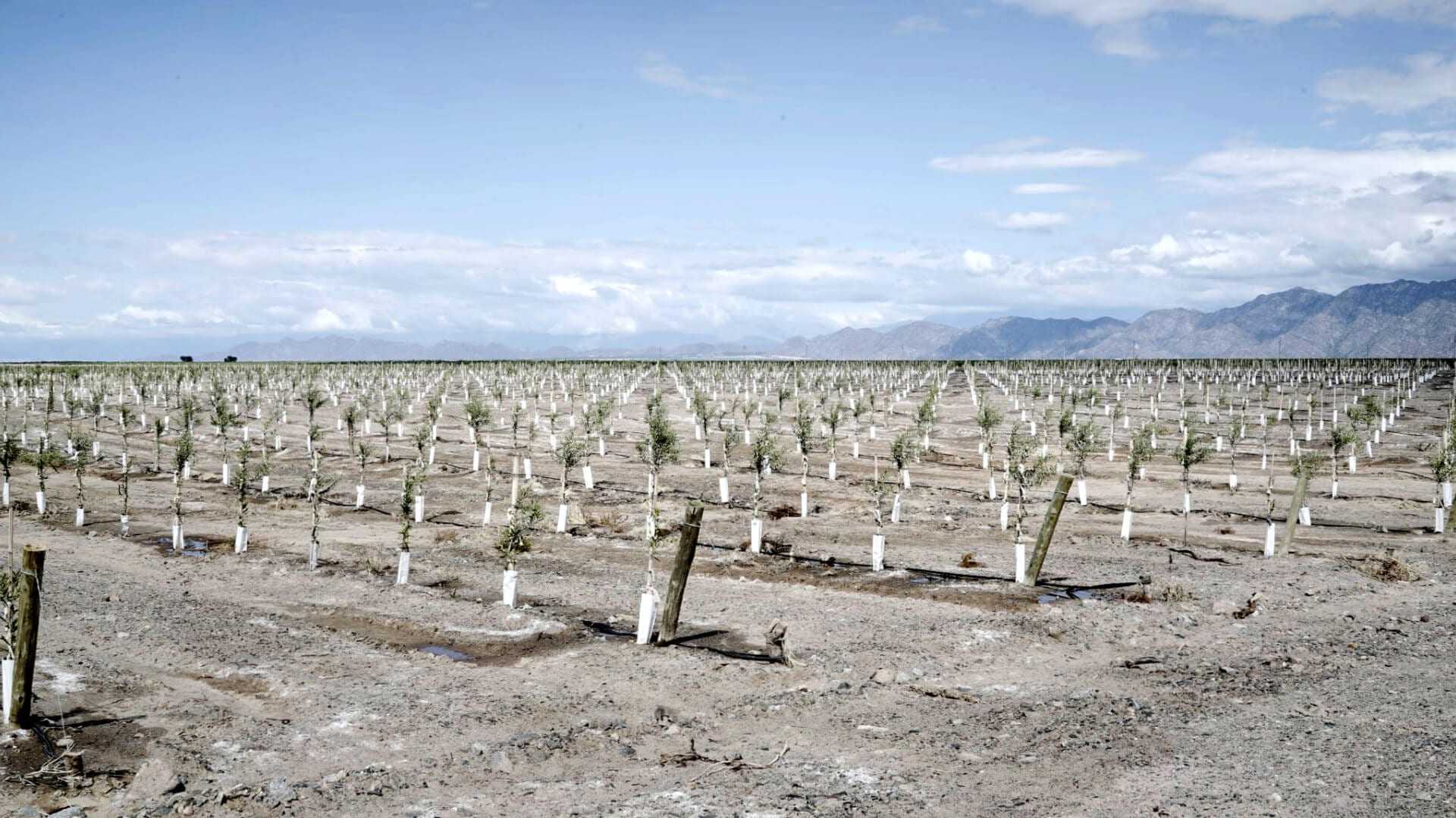
Argentina’s Malbec wine has become a household name worldwide over the past two decades, with production increasing by 163 percent since 2000. Inspired by this success, olive oil producers in Argentina are looking to replicate this growth with extra virgin olive oil, with increased investment, infrastructure, and scientific research to improve quality and production. Despite challenges such as government support and economic issues, producers are optimistic about the potential for Argentina’s olive oil industry to follow in the footsteps of its successful wine industry.
“When consumers think of Malbec, only one country comes to mind: Argentina,” Eric Asimov, the reputed wine critic from the New York Times, once said. To that point, Argentina’s Malbec has become ubiquitous over the past two decades.
Much of this growth has happened since the early 2000s when significant investment and effort went into improving the French variety, from growing the vines higher up in the Andean foothills to measuring exactly how much light each vine is receiving.
Since 2000, Malbec production has increased by 163 percent in Argentina, allowing the undisputed king of Argentine wine to become a household name around the world.
They want the same as us, that the olive oil is recognized for its quality.
And olive oil producers from across the world’s fifth largest winemaker have taken note. Many, ranging from small-scale family producers to the largest olive oil production company in Latin America, have been looking at the Malbec success story and believe they can do the same with extra virgin olive oil.
“I think extra virgin olive oil will go that way,” Frankie Gobbee, the co-founder and director of the Argentina Olive Group (AOG), told the publisher of Olive Oil Times, Curtis Cord in a documentary video that debuted today. The country has all of the necessary attributes to repeat Malbec’s meteoric rise with olive oil: the appropriate climate, which includes hot days and cool nights; large aquifers; and determination among both small- and large-scale producers.
The 2018/19 harvest was an off-year in Argentina, which saw the country produce just 20,000 tons of olive oil, according to preliminary estimates from the International Olive Council.
However, production has been trending upward for the past decade. In the previous campaign, Argentina produced a record 43,500 tons of olive oil. Exports also hit a record high that year of 36,500 tons, which made Argentina the sixth largest olive oil exporter.
See Also:Olive Oil Production NewsGobbee and others expect that production and exports will continue to trend upward. According to statistics from the International Trade Center, the value of virgin and extra virgin exports from Argentina has climbed steadily since 2014.

Frankie Gobbee
Part of what will continue to spur this upward trend is increased investment, both in olive tree plantations as well as supporting infrastructure.
Earlier this year, the agricultural company Solfut announced that it would begin building the largest olive oil production and storage plant in Latin America. Once completed, the plant will boast modern equipment and a storage capacity of 4,000 tons, much of which will be exported to Brazil.
More olive tree cultivation is occurring as well, with AOG planting more than 300,000 Arbequina trees, which will start to produce olives for olive oil in three years.
Gobbee said that these olives from La Rioja will be the definition of extra virgin as the trees were planted right on the outskirts of Argentina’s high desert, where nothing else had previously been farmed.
“Before we planted here, this was a desert, so this is really extra virgin,” Gobbee said. “The land was virgin and we planted this area with super high density, new genetic plants with good production. We will make this into extra virgin olive oil for the world.”
Along with increasing the number of acres that are covered in olive trees and improving the existing infrastructure, olive growers will also need to carry out some fundamental reforms in order to recreate the Malbec revolution.
A recent study carried out by the National Agricultural Technology Institute (INTA) found that 60 percent of the olive groves in the province of San Juan are not in the optimal places after a series of government tax incentives in the 1980s and 1990s that led to a dramatic expansion of olive plantations in the province.
As vintners did with Malbec 20 years ago, olive growers are beginning to apply the scientific method to determine where olives grow best in the western provinces.
“The olives here are growing in a continental climate,” Facundo Vita, who oversees activities related to olives at INTA, told Cord. “What we do is, first, to study the behavior of the temperature in this valley… We defined some places where you can grow the olives and places where you cannot grow the olives.”

Facundo Vita
Fortunately for olive growers, the study determined that the amount of land that is appropriate for olive growing in the province exceeds the number of acres that are currently planted. In another striking similarity with Malbec, moving the olive trees farther up the foothills seems to be the answer.
“Here we are at 1,100 meters (3,600 feet),” Daniel Minchiotti, of Finca Vista Larga in La Rioja, explained. “We have very good conditions, mainly the alternation of the thermal amplitude. This effect makes the crop and the physiological processes of the plant very efficient. The plant can breathe well and oxygenate and not perspire so much at night.”
Growing higher quality olives is the first step in achieving better quality olive oil, which everyone in the sector agrees will help make Argentina’s extra virgin olive oil stand out, as growing higher quality grapes did with Malbec.
At Trapiche, the fifth largest wine brand in the world, olive trees grow adjacent to Malbec vines. Olive oil adds very little to the bottom line of the 136-year-old winery, but nonetheless, the company is committed to quality.
“We are growing in olive oil. This year we will produce 5,000 liters,” Magdalena Roge, Trapiche’s agronomist, told Cord. “It’s a small product because we are a winery so we are not very ambitious, but we wanted to have a small quantity and very good quality.”
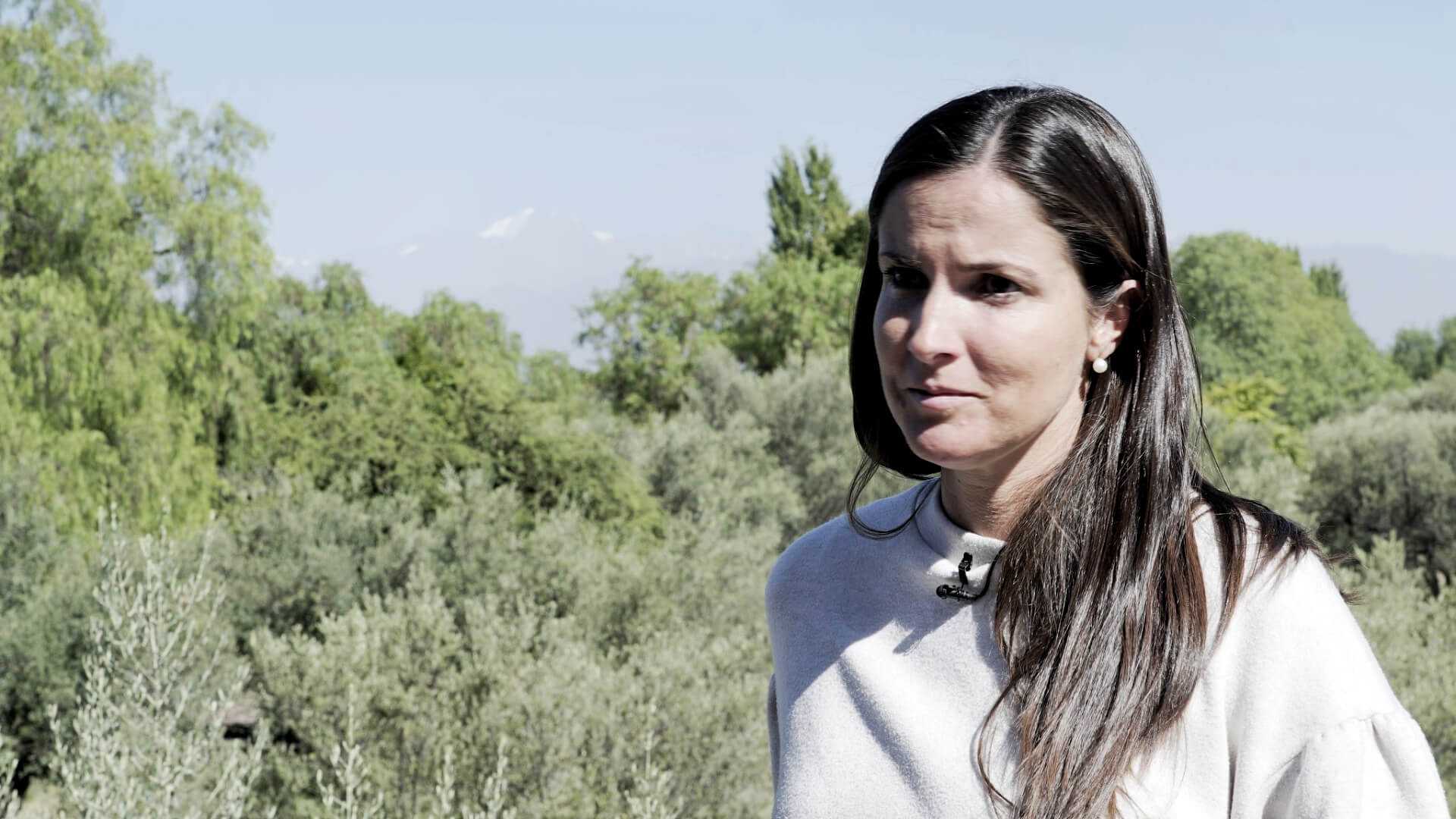
Magdalena Roge
Josefina Iglesias, an enologist at Trapiche, emphasized that similarly to the process with Malbec as the science behind olive oil production has improved and is continuing to do so.
“It is important to communicate that it is very different, the way we made oil years ago and what we have now,” she said. “Now we have more studies, we train more. That is our work today here.”
On top of improving quality, other reforms will also need to be made, some of which may be difficult without the support of the federal and local governments, both of which many olive oil producers perceive as lacking.
In Mendoza, increased infrastructure funding from the government has led to older olive groves bring uprooted and replaced with new apartment blocks.
“I am tremendously concerned with what is happening in Mendoza with the felling of the olive trees,” Gabriel Guardia, the general manager of Olivicola Laur, an award-winning olive oil producer in Mendoza, told Olive Oil Times. “Olive trees of 80 to 100 years are gradually lost due to an economic equation that does not favor the producer.”
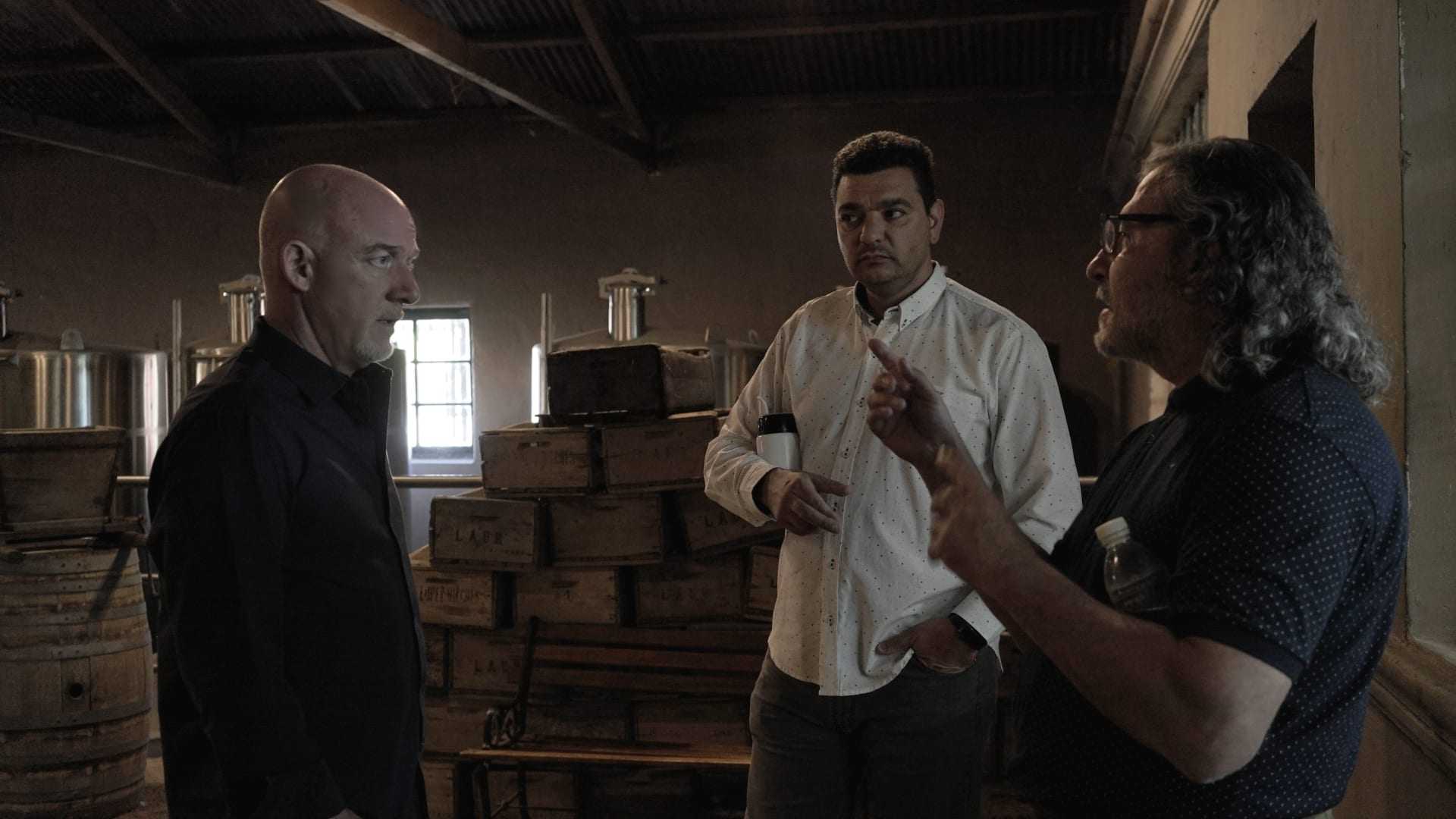
Gabriel Guardia (center) with Esteban Santipolio (right) and Curtis Cord
A feeling that the government’s economic equation does not help olive growers is widespread. Last year, energy price hikes in western Argentina led to an outcry from producers who worried that expenses would soon exceed revenues.
Emergency taxes on olive oil exports, which were instituted by the federal government last September in order to meet the requirements of an International Monetary Fund bailout, also damaged producers’ bottom lines.
The Argentine government was fundamental in assisting Malbec’s meteoric rise and has been widely criticized in the olive oil sector for not playing a similar role.
“To prove that it is very good oil, we have to do a lot of advertising. Despite having the best olive oil in the world,” said Daniel Dates, who has been working with olive oil in San Juan for 45 years. “In reality, the government does not support us as it should.”
If Argentina’s extra virgin olive oil is to mimic the rise of its Malbec wine then producers, both super-intensive and traditional, will need to join together and find a way to work with the federal and local governments too.
“They want the same as us,” Maria Ravida, a consultant for producers in San Juan and Mendoza, said of the need to collaborate. “That the olive oil is recognized for its quality.”



